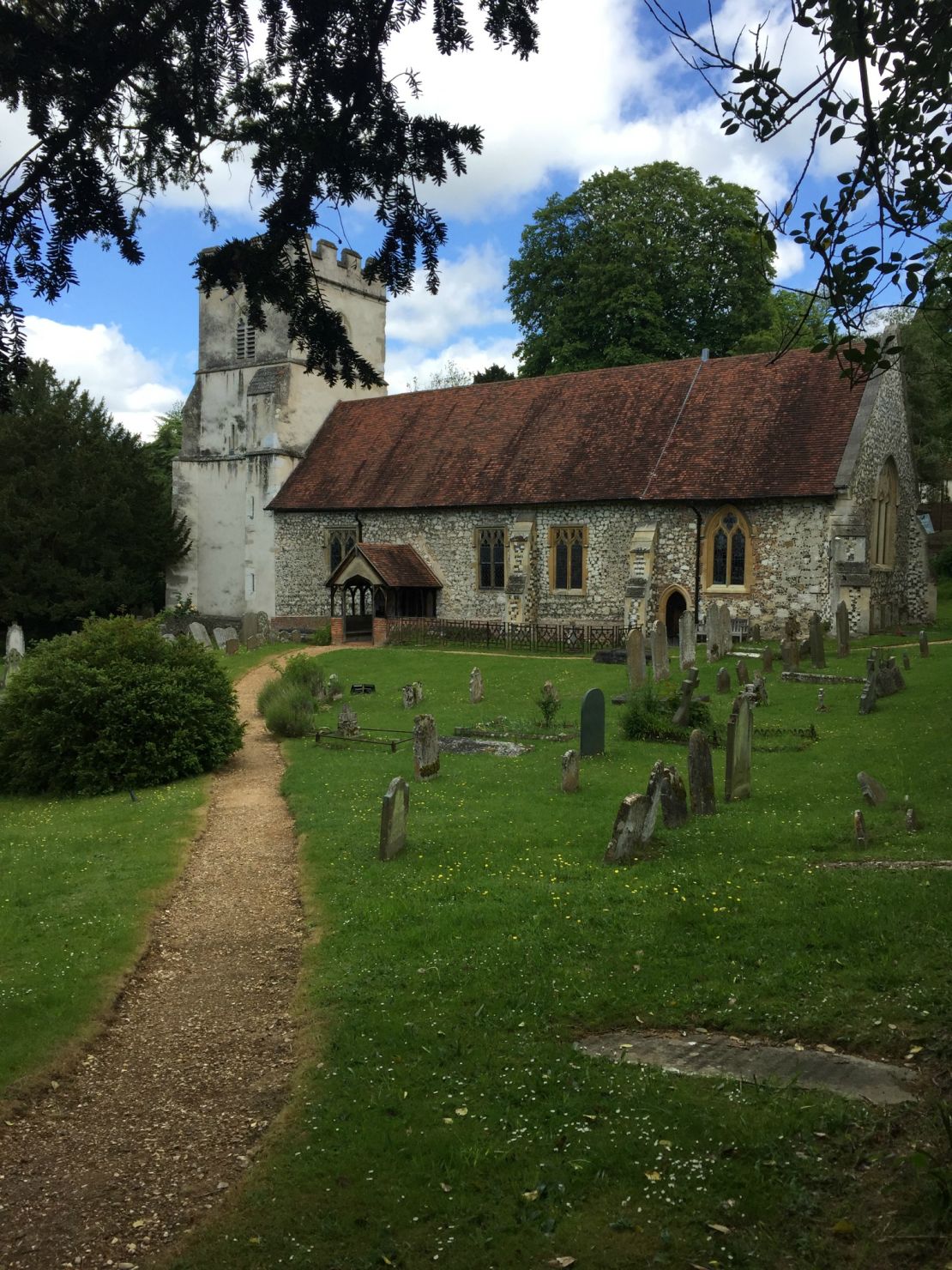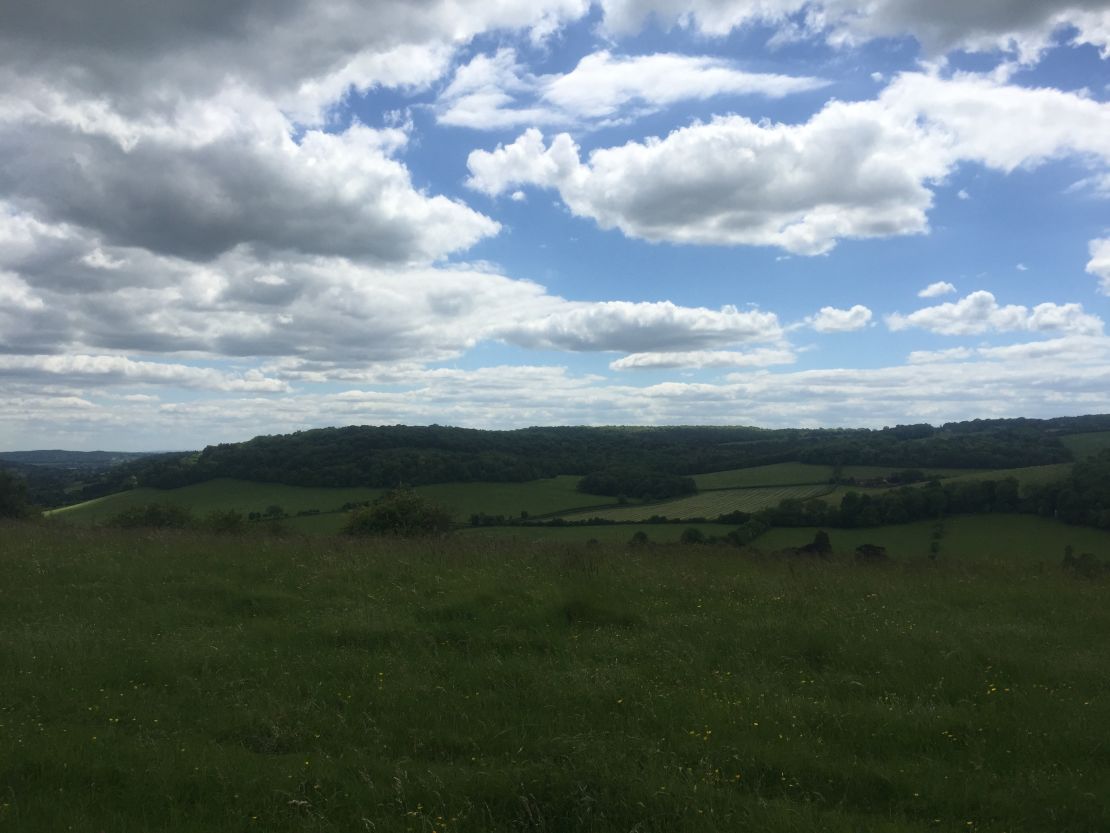The grounds of the Medmenham Abbey in Buckinghamshire, England, could easily be the set of a romanticized period drama.
Ducks bask on the riverbanks while rolling fields of green stretch off into the distance. Sprawled over 1,123 square meters (12,000 square feet), this 18th-century mansion is only an hour outside London.
And with long wooden corridors and 42 acres of lush green upon which to gaze out on to, the site has all the trappings fit for a king – as well as a scandalous past.
“This property has an interesting, slightly checkered history,” said Nicholas Brown, partner at real estate firm Knight Frank.
“It belonged to the Hell-Fire Club (a secret organization where members of high society were rumored to commit a range of debauched acts) at one point.”
“Their moto (was) ‘over the fireplace here – do as you please.’”
On sale for a princely sum
Once occupied by knights of a brotherhood order, Medmenham Abbey is now on the market for more than $15 million.
That’s a princely sum, but its location in the designated green belt of England makes it a sound investment.

Properties in protected areas that forbid development sell for a 10% to 20% premium.
“Being in a protected area, you are able to make sure that your investment is well covered; you’re not having the chance of developments going on locally,” Brown said.
But not all of England’s countryside is afforded the same level of protection.
70 miles away in the county of Hertfordshire, the small town of Buntingford sits in unprotected countryside.
A prime section of country land here, now filled with rapeseed, has just had planning permission approved for over 200 new homes.
Yet that’s still a fraction of Britain’s demand. It’s estimated the UK needs to build 250,000 residential properties each year.
Meeting these needs poses a dilemma for developers and countryside dwellers.
Kevin Fitzgerald is the honorary director of the Hertfordshire branch of the Campaign to Protect Rural England, a volunteer group that lobbies to protect the countryside.
He explained he’s not against building homes, but that development should be focused on previously developed land.
Countryside at a premium
“Not far up the road, one to two hours away, there is space (and) disused factories. There is a need for economic growth (there), Fitzgerald said.
“In the rich southeast, where countryside is at a premium, there is not the same need,” he added.

Buntingford locals are also weighing in.
Joyce Dubner has been living here for 48 years and hopes the imminent developments will benefit everyone in the community.
“I think if they’re going to build houses they should be starter homes and more property to rent,” she said.
Yet the new houses don’t come cheap. A 3 bedroom costs over $500,000. However, their setting makes them popular.
“Clearly excessive development can have a detrimental effect in the initial stages but later on once it is all established it will soon be forgotten about,” Brown said. “The fact that it’s a convenient setting, pretty countryside, there will still be people who want to buy there.”
And for some, paying a premium to keep the countryside quaint is a price worth paying.
















